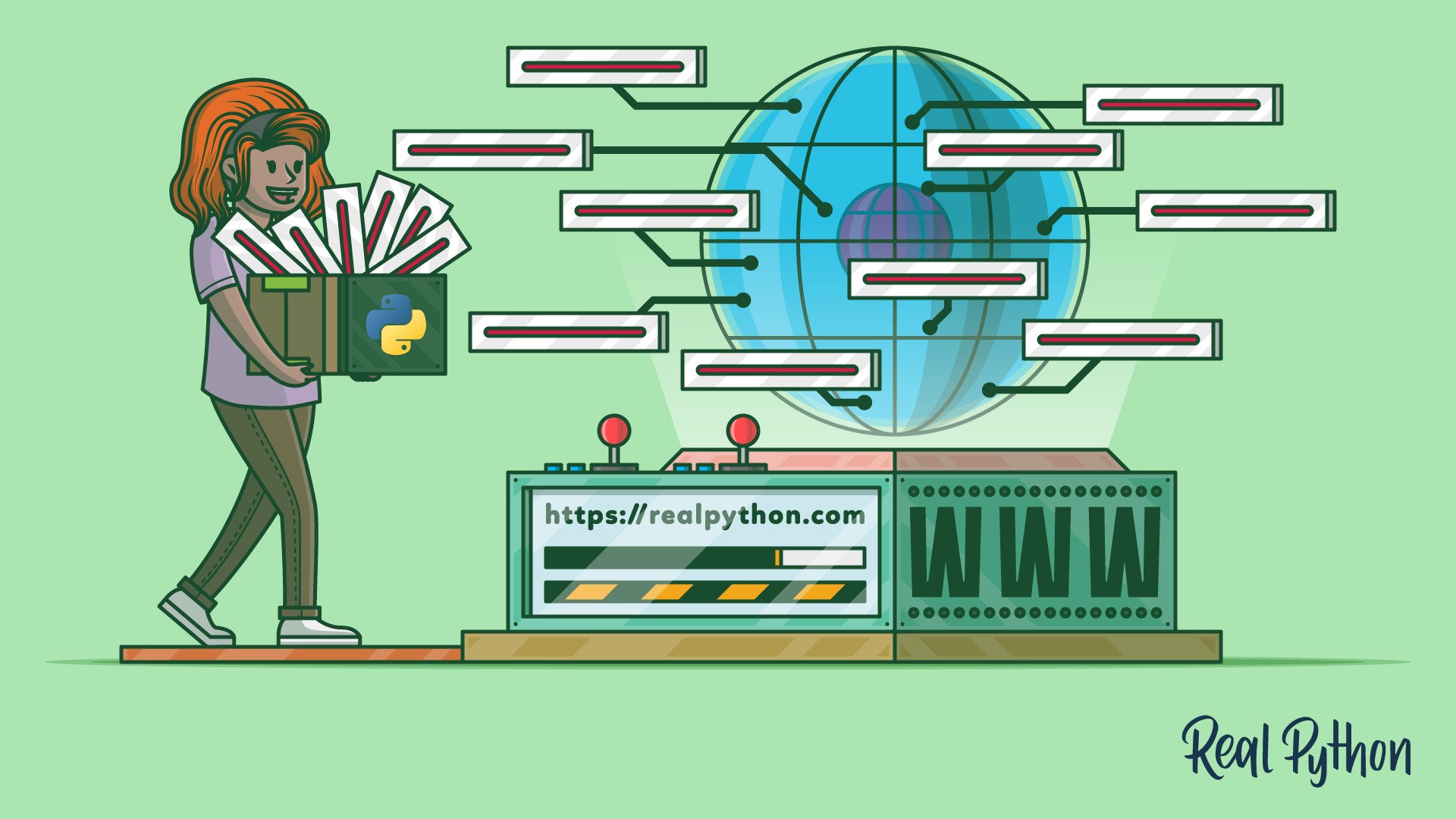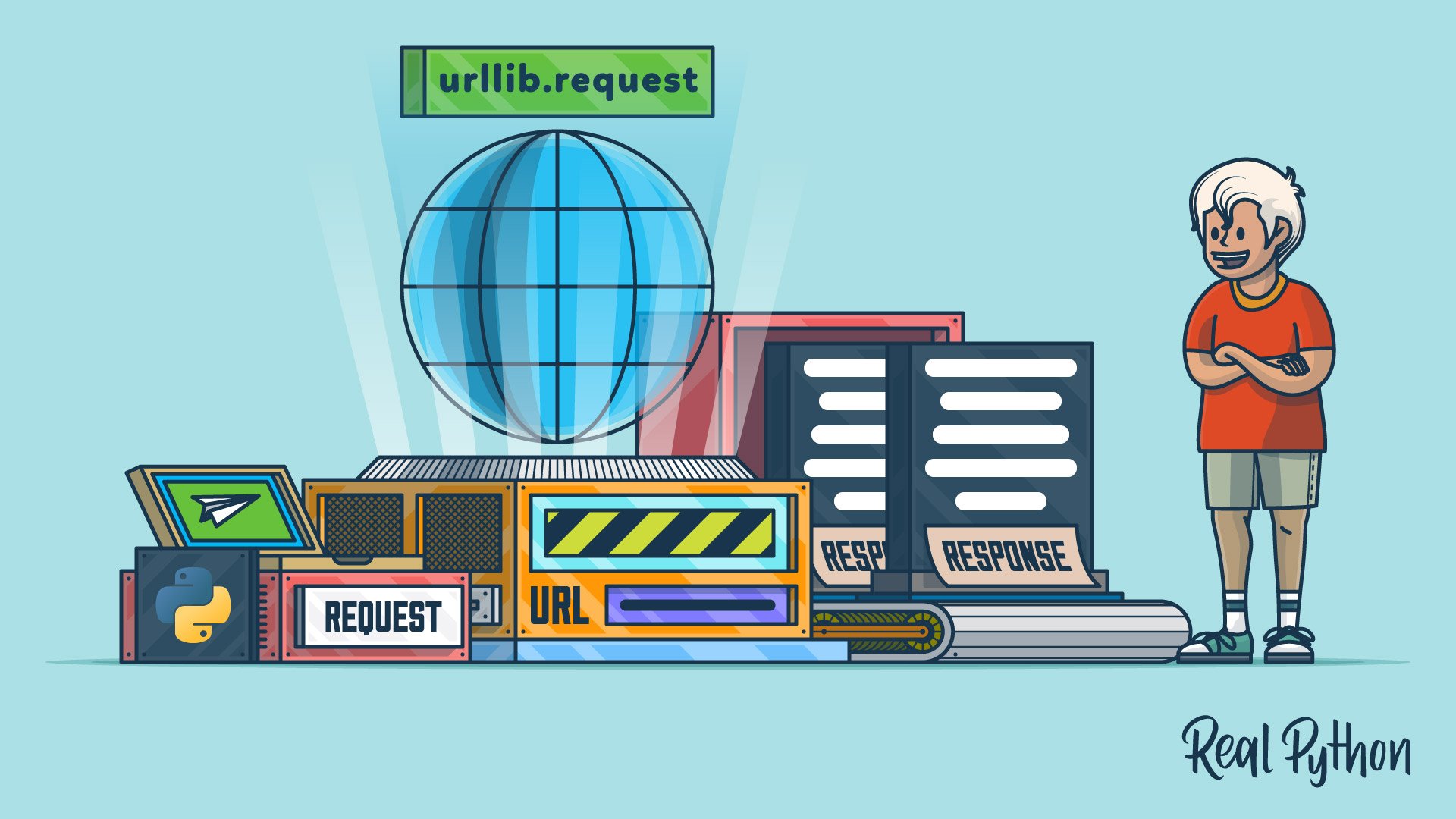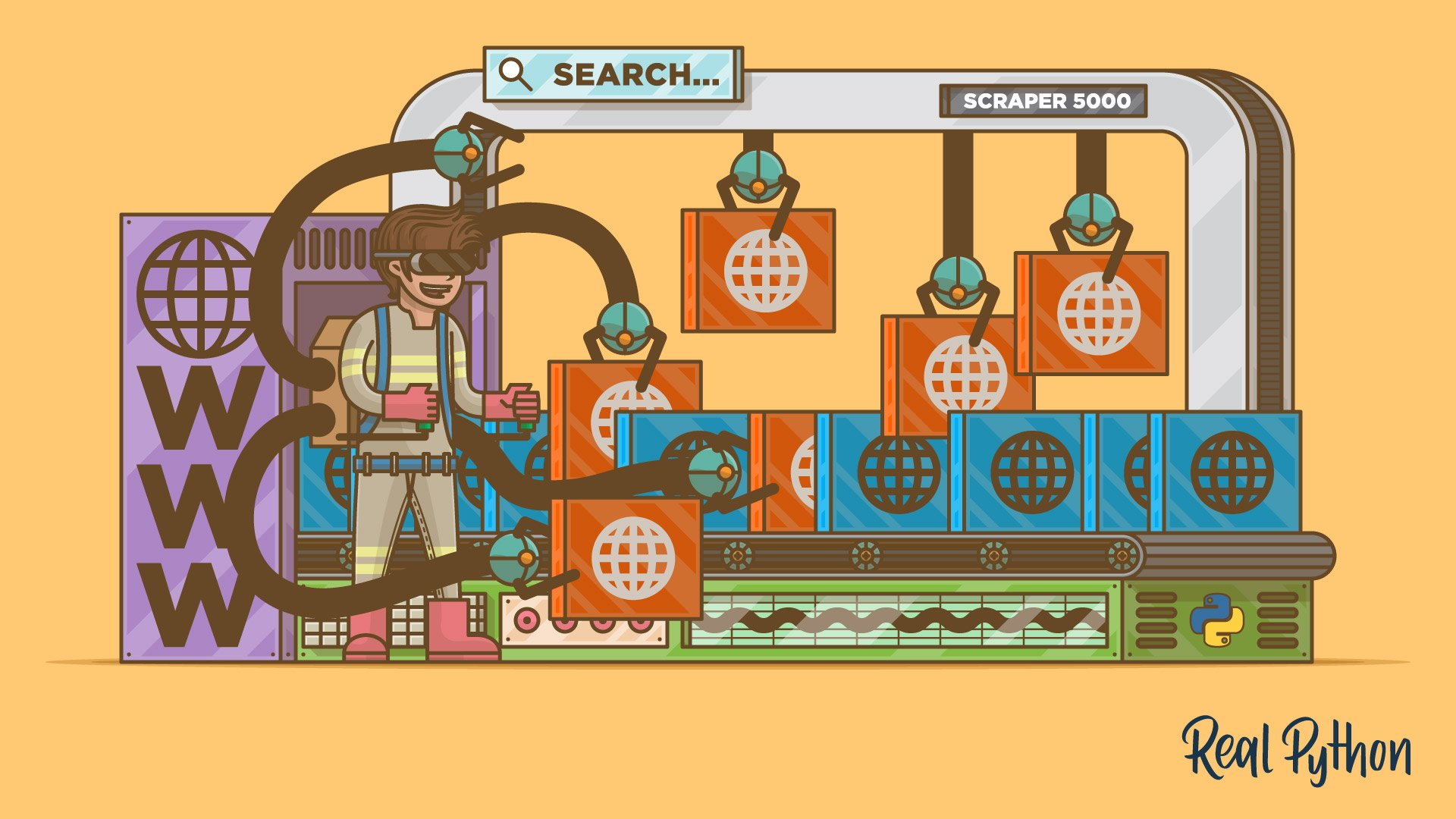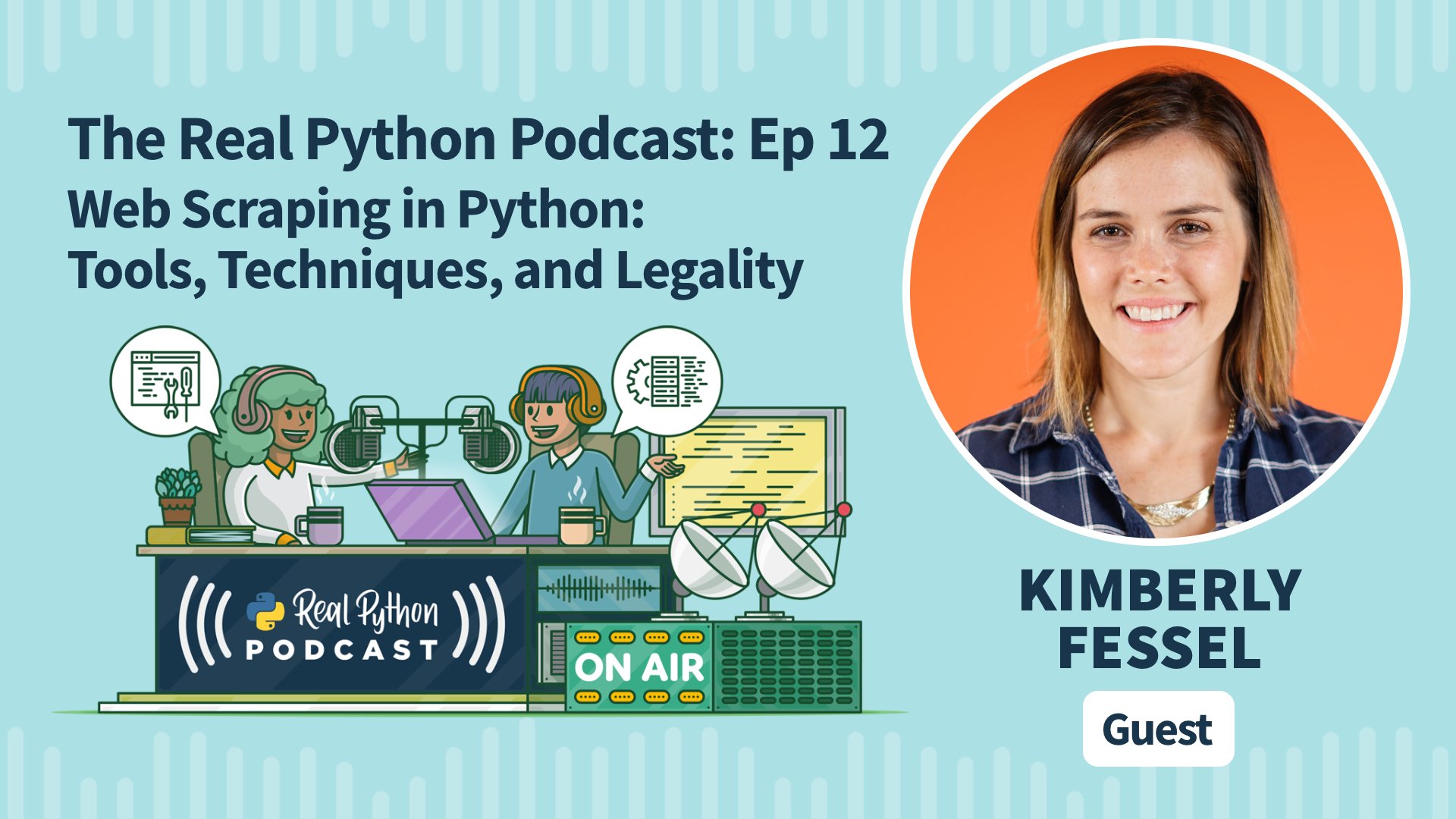Python Web Scraping Tutorials
Learn how to extract data from websites using Python. These tutorials cover HTTP requests, parsing HTML with CSS selectors and XPath, handling pagination and sessions, submitting forms, and working with authentication. Build robust crawlers and automation with libraries like Requests, BeautifulSoup, Scrapy, and Selenium.
Free Bonus: Click here to download a "Python + Selenium" project skeleton with full source code that you can use as a foundation for your own Python web scraping and automation apps.
Store results in CSV, JSON, or databases such as SQLite, PostgreSQL, or MongoDB. Add retries, caching, and polite rate limits. Understand robots.txt, terms of service, and ethical scraping.
Scraping can be legal, but it depends on what data you collect and how you access it. Review the site’s terms of service, check robots.txt, and follow applicable laws in your region. Avoid personal or sensitive data, respect rate limits, and use public endpoints where possible. This is not legal advice.
Fetch the page with Requests, parse the HTML with BeautifulSoup or lxml, then select elements using CSS selectors or XPath. Extract the fields you need, normalize them, and write the results to CSV, JSON, or a database. Add error handling, retries with backoff, and logging.
Try to call the site’s underlying JSON APIs by inspecting network requests in your browser. If content renders only in the browser, use Playwright or Selenium to run a headless browser, wait for selectors to appear, then extract the HTML or JSON payloads.
Identify as a browser with a User Agent header, keep sessions, and add random delays. Use exponential backoff on errors, rotate IPs or proxies when allowed, and throttle concurrent requests. Respect crawl delay rules and avoid fetching unneeded pages.
Scrapy is a Python framework for large scale crawling. Use it when you need built-in scheduling, pipelines, middleware, auto throttling, and robust link following. It excels at multi page spiders, structured item pipelines, and deployable jobs.








